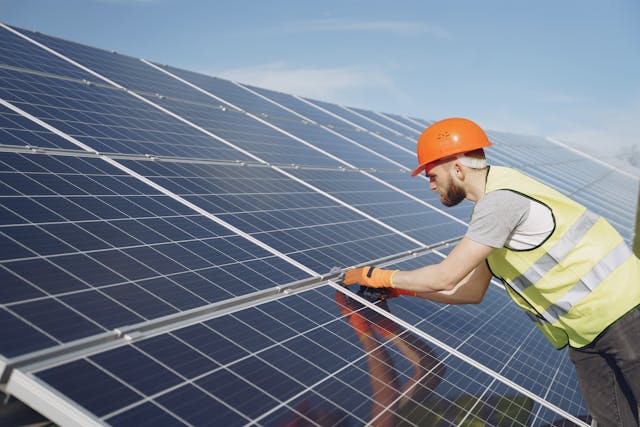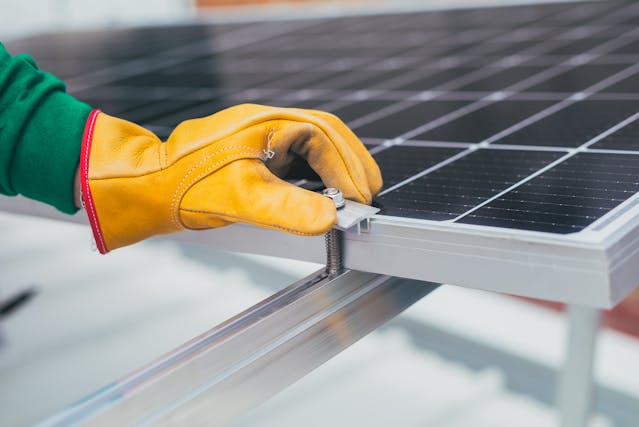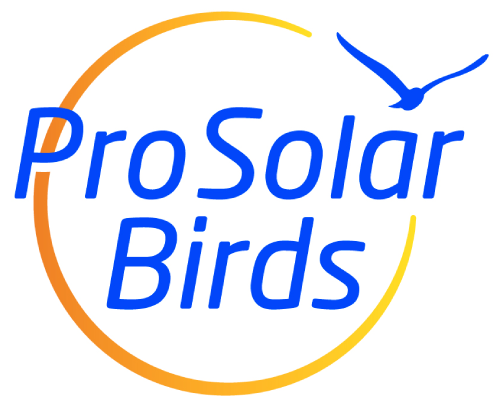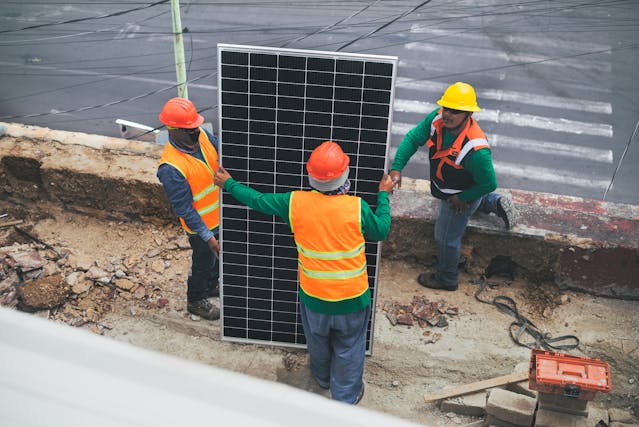Solar panels are a significant investment, both financially and environmentally. They represent a commitment to renewable energy and a sustainable future. However, to ensure they perform at their best, regular maintenance is crucial.
One common question many solar panel owners have is, “Can my solar panel be damaged if I don’t clean it regularly?” The short answer is yes. Accumulated dirt and debris can negatively impact the efficiency and lifespan of your solar panels.
In this article, we will explore the three main types of dirt on solar panels, offer five essential tips for maintaining your solar panels, and answer some frequently asked questions.
Table of contents
- Can my solar panel be damaged if i don’t clean it regularly?
- 3 types of dirt on solar panels
- 5 tips for properly maintaining solar panels
- FAQ’s
Can My Solar Panel Be Damaged If I Don’t Clean It Regularly?
Solar panels are designed to withstand various environmental conditions, but they are not immune to the effects of dirt accumulation. Over time, dirt, dust, bird droppings, and other types of dirt on solar panels can create a layer on the surface of the panels, blocking sunlight from reaching the photovoltaic cells.
This reduces the efficiency of the panels, meaning they generate less electricity than they are capable of. If left unchecked, the build-up can lead to permanent damage, such as scratches on the surface or hot spots, where parts of the panel overheat due to uneven sunlight exposure.
Not cleaning your solar panels regularly can also void the warranty provided by the manufacturer. Most warranties require that the panels be maintained according to certain guidelines, which typically include regular cleaning. Neglecting this maintenance can result in costly repairs or replacements that are not covered under warranty.

3 Types of Dirt on Solar Panels
These are the main types of dirt on solar panels that you can found:
-
Environmental Debris
Environmental debris includes dust, pollen, leaves, and other natural particles that are carried by the wind and settle on the surface of solar panels. This type of dirt is especially common in dry and windy climates where dust storms or seasonal winds are frequent. While a light layer of dust may not seem like a big issue, it can significantly reduce the amount of sunlight that penetrates the panel, lowering its energy output.
Pollen is another common form of environmental debris, particularly in spring. While not as abrasive as dust, pollen can still form a sticky layer on the panels, especially when combined with moisture from morning dew or rain. This layer can be difficult to remove and can require more effort and specialized cleaning methods.
-
Organic Matter
Organic matter such as bird droppings, insects, and moss can cause more severe issues than environmental debris. Bird droppings are acidic and can corrode the surface of solar panels over time, leading to permanent damage if not cleaned promptly. Moreover, bird droppings tend to create shadowed areas on the panel, which can lead to the formation of hot spots, potentially damaging the cells within the panel.
Insects can also be a nuisance, particularly in rural or agricultural areas. Dead insects can accumulate on the surface of the panels, creating a layer of organic material that blocks sunlight. In humid environments, moss and algae can grow on solar panels, particularly on edges or areas that do not receive direct sunlight. Moss and algae not only block sunlight but can also retain moisture, which may lead to further deterioration of the panel’s surface.
-
Man-Made Pollution
Man-made pollution refers to any dirt that results from human activities, such as industrial emissions, vehicle exhaust, and other pollutants that settle on solar panels. This type of dirt is especially prevalent in urban or industrial areas where air quality may be poor. The particles from vehicle exhaust and industrial emissions can be oily or sticky, making them more challenging to clean than other types of dirt.
Additionally, areas near construction sites or heavy traffic may experience more dust and particulate matter, which can accumulate quickly on solar panels. If left untreated, this type of dirt can lead to a significant drop in energy efficiency and may even cause damage that reduces the lifespan of the panels.

5 Tips for Properly Maintaining Solar Panels
-
Regular Inspection and Cleaning
Schedule regular inspections to check for dirt accumulation, physical damage, or any other types of dirt on solar panels that might affect the performance of them. Cleaning should be done at least twice a year, or more frequently if you live in an area prone to heavy dust, pollution, or bird activity.
-
Use the Right Tools
When cleaning your solar panels, use soft, non-abrasive tools such as a soft cloth or sponge. Avoid using harsh chemicals or abrasive materials that can scratch or damage the surface. A simple solution of water and mild soap is usually sufficient for cleaning.
-
Avoid High-Pressure Water
High-pressure water can cause damage to the solar panels by forcing water into seals and other sensitive areas. Instead, use a low-pressure hose or a soft-bristle brush with a long handle to clean hard-to-reach areas.
-
Check for Shading and Obstructions
Regularly check your solar panels for any shading or obstructions caused by overgrown trees, nearby buildings, or other objects. Shading can significantly reduce the efficiency of your panels and may lead to uneven wear and tear.
-
Professional Maintenance
If you’re unsure about how to clean or maintain your solar panels, consider hiring a professional service. They have the expertise and equipment to safely and effectively clean your panels, ensuring they operate at peak efficiency.
Frequently Asked Questions (FAQs)
Q1: How often should I clean my solar panels?
A: It is generally recommended to clean your solar panels at least twice a year. However, if you live in an area with heavy pollution, dust, or bird activity, you may need to clean them more frequently.
Q2: Can I clean my solar panels myself?
A: Yes, you can clean your solar panels yourself using the proper tools and techniques. However, if you’re uncomfortable doing so or if your panels are difficult to access, it’s advisable to hire a professional cleaning service.
Q3: Will rain clean my solar panels for me?
A: While rain can help wash away some dirt, it is usually not sufficient to thoroughly clean your solar panels. Rain may also cause dirt to accumulate in certain areas, leading to uneven cleaning. Regular manual cleaning is still recommended.
Q4: What happens if I don’t clean my solar panels?
A: If you don’t clean your solar panels, dirt and debris will accumulate over time, reducing their efficiency and potentially causing permanent damage. This can lead to a decrease in energy production and higher maintenance costs.
Q5: Is it safe to walk on solar panels for cleaning?
A: No, it is not safe to walk on solar panels as this can cause damage to the panels and void your warranty. Use long-handled tools or hire a professional to clean the panels safely.
Conclusion
Regular cleaning and maintenance of your solar panels are essential to ensure they operate at their maximum efficiency. By understanding the types of dirt on solar panels that can accumulate on your panels and following proper maintenance tips, you can extend the lifespan of your investment and maximize your energy production.
Remember, a little effort in maintaining your solar panels goes a long way in ensuring a sustainable and efficient energy source for years to come.

